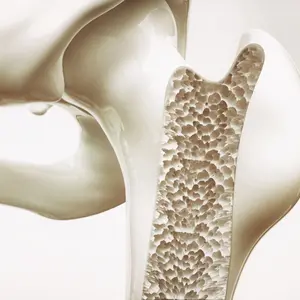

Natural

Natural
Benefits of Waterbirth
Water immersion in a birth pool during labor and birth can be divided into two distinct but overlapping categories: Water immersion during labor involves using a birth pool to achieve relaxation and pain relief during the first and possibly part of the second stage of labor but exiting the pool for the birth. With this practice, the infant emerges into air to breathe. With waterbirth, the woman remains in the birth pool for the birth of the baby. The infant emerges into the water and is brought to the surface to initiate breathing.
In a new systematic review and meta-analysis published in BMJ Open, researchers synthesized the evidence that compared the effect of water immersion during labor or waterbirth on intrapartum interventions and outcomes to standard care with no water immersion. They included 36 studies in the review, including more than 150,000 women, and found that water immersion significantly reduced the use of epidural, injected opioids, episiotomy, maternal pain, and postpartum hemorrhage. There was also an increase in maternal satisfaction and odds of an intact perineum with water immersion.
Waterbirth was associated with increased odds of cord avulsion (or tearing of the umbilical cord from the placenta, making delivery of the placenta difficult), although the absolute risk remained low (4.3 vs. 1.3 per 1,000). There were no differences in any other identified neonatal outcomes.
REFERENCES
Burns, E., et. al. (2022). Systematic review and meta-analysis to examine intrapartum interventions, and maternal and neonatal outcomes following immersion in water during labour and waterbirth. BMJ Open. doi: 10.1136/bmjopen-2021-056517


 By
By







